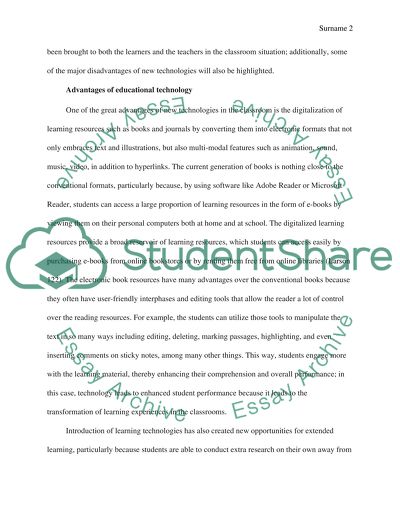Cite this document
(“Technology Brought Both Advantages and Disadvantages to Students Research Paper”, n.d.)
Technology Brought Both Advantages and Disadvantages to Students Research Paper. Retrieved from https://studentshare.org/education/1493949-technology-did-it-only-bring-advantages-to
Technology Brought Both Advantages and Disadvantages to Students Research Paper. Retrieved from https://studentshare.org/education/1493949-technology-did-it-only-bring-advantages-to
(Technology Brought Both Advantages and Disadvantages to Students Research Paper)
Technology Brought Both Advantages and Disadvantages to Students Research Paper. https://studentshare.org/education/1493949-technology-did-it-only-bring-advantages-to.
Technology Brought Both Advantages and Disadvantages to Students Research Paper. https://studentshare.org/education/1493949-technology-did-it-only-bring-advantages-to.
“Technology Brought Both Advantages and Disadvantages to Students Research Paper”, n.d. https://studentshare.org/education/1493949-technology-did-it-only-bring-advantages-to.


